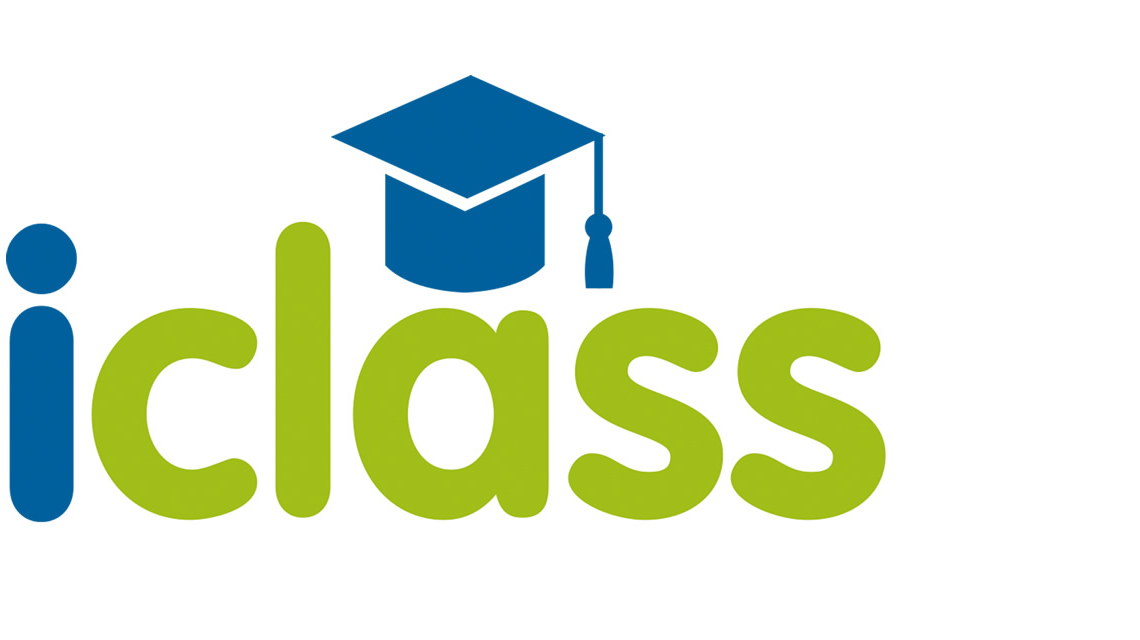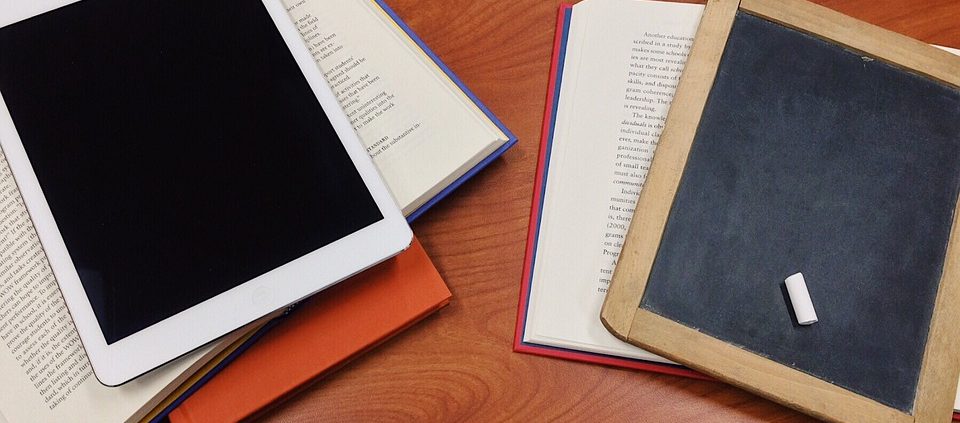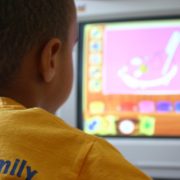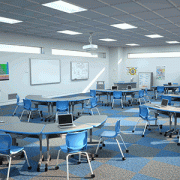Educational technology is set for another stellar year in 2018 and we will hopefully see further adoption of EdTech processes and resources in schools throughout Ireland.
To help you prepare for any new technology you may introduce to your school in the coming year, we’ve rounded up the biggest EdTech trends of 2018.
- Mobile Learning
Mobile learning simply refers to education and teaching conducted through use of portable computing devices such as smartphones and tablets.
It will possibly be the biggest EdTech trend of the year thanks to the increased use of smartphones and tablets in classrooms both in Ireland and the rest of the world.
Mobile learning empowers students by providing them with access to high quality learning materials and encourages learning through use of different media (text, video, audio etc.)
Mobile learning also greatly benefits educators as it generates large amounts of data on students’ studying behaviour and habits, data which can later be analysed and used to improve curricula.
- Internet of Things
The Internet of Things, or IoT as it’s also known, is the name for the network through which various computing devices are connected.
This includes everything from a smartphone to smart home appliances, and is generally used to describe the ‘system’ that allows devices to communicate with one another.
In the educational setting, the Internet of Things aims to simplify much of the learning process so teachers can spend more of their time engaging with students and preparing classes and less time on repetitive tasks such as correcting homework.
- Cloud Computing
Cloud computing is an alternative method for delivering IT services and one that utilises web-based tools and applications retrieved from the Internet as opposed to a physical server.
Cloud computing enables a great deal more of flexibility when it comes to IT services in addition to reducing the time it to takes to retrieve data and minimising IT costs.
It benefits schools by providing teachers and students with access to the Internet’s infinite repository of information for a very small fee and should see widespread adoption in 2018.
- Augmented and Virtual Reality
It may be a few years yet before augmented and virtual reality becomes commonplace in the school, but a number of Irish companies are exploring how this technology can be used in an education.
Augmented and virtual reality technology supports active learning as opposed to passive learning and is particularly useful in combatting limited attention spans.
It can also increase a student’s understanding of complex theories and subjects through use of an immersive and visual experience that illustrates the information being conveyed to the student.









 UK + 442895907779
UK + 442895907779 customerservice@iclasscms.com
customerservice@iclasscms.com




